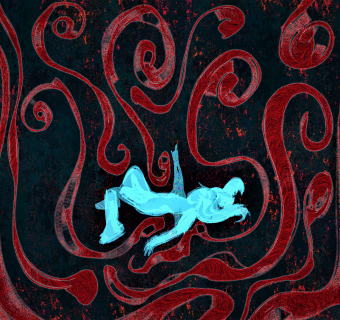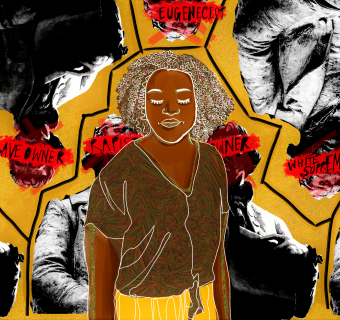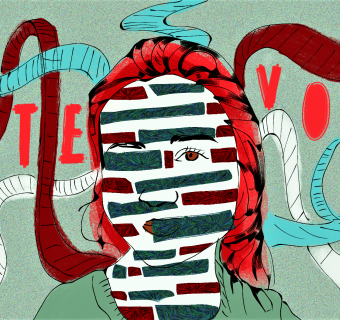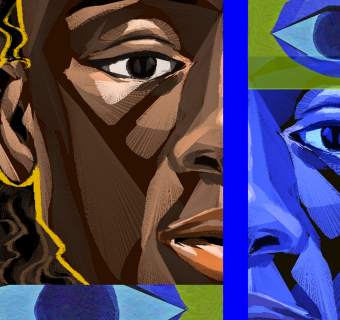In an old gym with wooden bleachers, a high school girls varsity basketball team plays their heart out in a game against a longtime rival. The bleachers are half empty, but the fans and parents fill the echoing room with enough enthusiastic cries that the space feels full. This game is important to the girls in a way that only athletes can understand.
After four stressful quarters filled with timeouts and free throws, the girls are victorious. They came together and played their best. They earned their victory. Faces still red from exertion, still chugging water, the girls slowly start to walk towards the locker room. The boys varsity game is about to begin, and they have to get off the court quickly. Half the girls are in the locker room when the boys start to play their introduction tape. A man’s voice blares through the gymnasium, which is slowly starting to get more and more crowded.
“And now, ladies and gentleman, for the main event!”
The varsity boys run onto the court as more and more people start filling the bleachers and the line for the concession stand grows longer and longer. Their peers, the varsity girls, walk into the locker room. Their game is just the opening act for the main event. Their win is diminished. They are less important. They can never be as good. They are definitely not equal.
-----------------
The story above is my sister’s, and it’s in no way unique. Women’s sport, at all levels, is plagued by subliminal and outright sexism that perpetuates the notion that women’s sport is not as good or important as men’s sport. At the professional level, coverage of women’s sport is incredibly lacking when compared to coverage of men’s sport. A 25-year study by three researchers found that ESPN covered women’s sport much less than men’s sport, and when they did cover women’s sport, it was in a less-exciting way. Another offender of sexist sports coverage? Sports Illustrated. Just take a look at their covers over the last six decades. They overwhelmingly feature male athletes. In 2000, Sports Illustrated published 51 issues, and of those only four feature women on the cover. The covers include a topless synchronized swimmer-turned-model covering her breasts with beads, Anna Kournikova seductively hugging a pillow, Olympic gold medalist Megan Quann swimming, and the former track star Marion Jones preparing to race. Of the four covers, only two feature a female athlete actually participating in her sport.
Why are women in sport so underrepresented, and when they are represented why are they often not even shown as athletes, as seen in the case of Anna Kournikova?
We need only look at Serena Williams to see why this is the case. Serena Williams has a muscular, athletic body that is continually criticized in the media, and her femininity is repeatedly called into question. Instead of featuring a female athlete’s badass body, as Serena herself puts it, Sports Illustrated styles women to look hyper-feminine and unthreatening in order to neutralize the threat of female athletes encroaching in traditionally masculine territory. By making female athletes appear unthreatening and by not featuring women’s sport as heavily as men’s sports, the media is sending the message that women’s sport is not good or important, and that female athletes are unworthy of attention and recognition.
When I asked my sister how she felt about the boys varsity team using the introduction tape, she said it made her very angry, but that for a while she didn’t even notice it. We grow used to seeing girls and women as the cheerleaders and not the players. It’s normal to see female athletes on the covers of magazines looking nothing like athletes, and more like supermodels. We can sit in a gym where teenage girls are playing basketball, and notice nothing wrong when a loud man’s voice tells them to step aside.
The narrative surrounding women’s sport needs to change. Girls need to see professional female athletes on TV. They need to see badass bodies on the covers of magazines so girls can learn to love their own badass bodies. Young female athletes don’t need to hear the lies that they are not important and not good. Young female athletes need to know that their sport is appreciated, that their effort has value, and that they are the opening act to no one.








